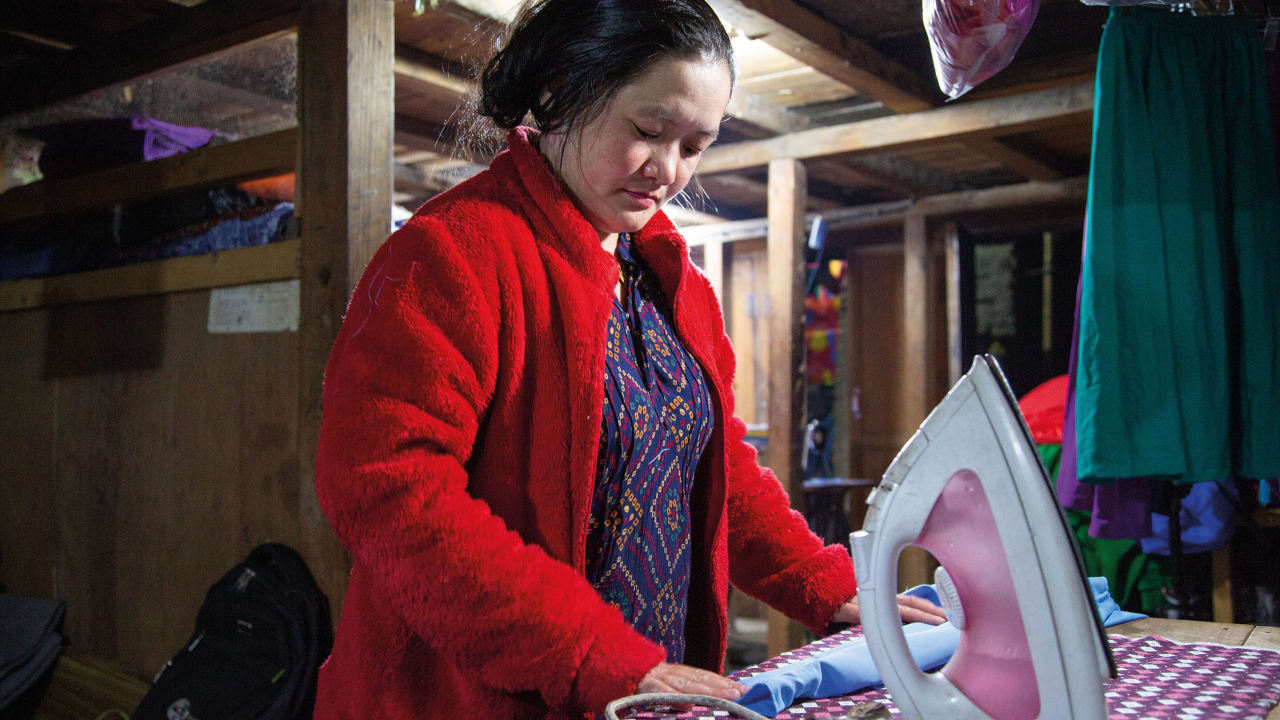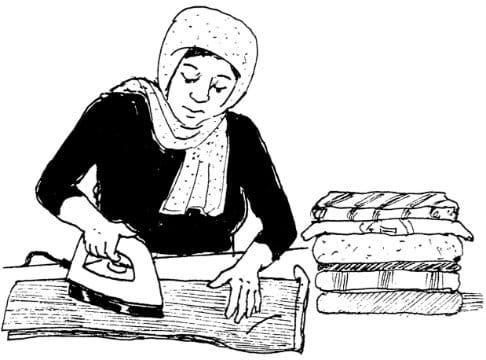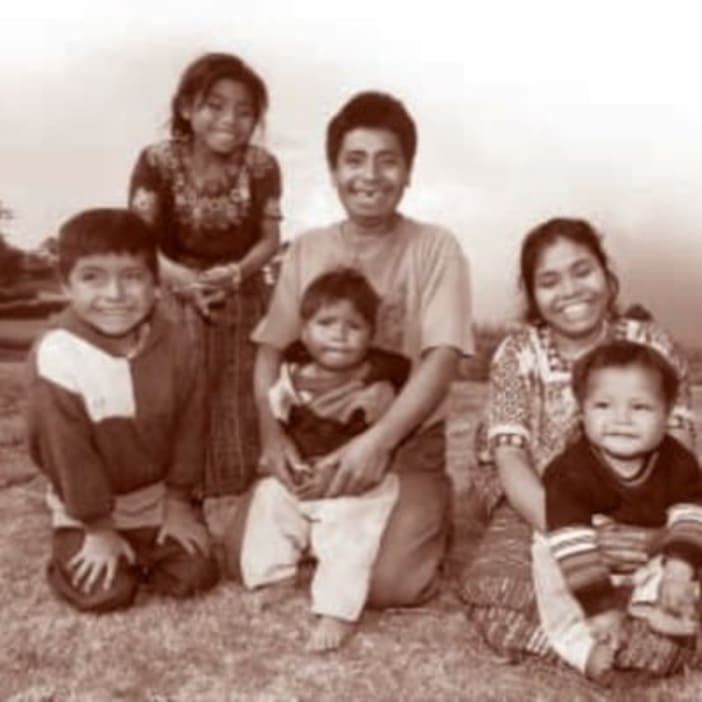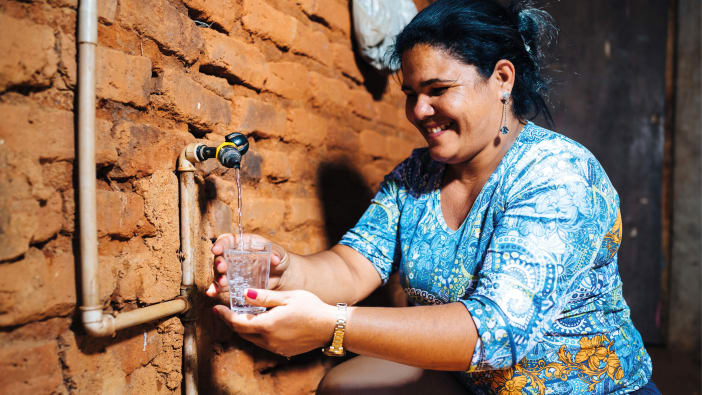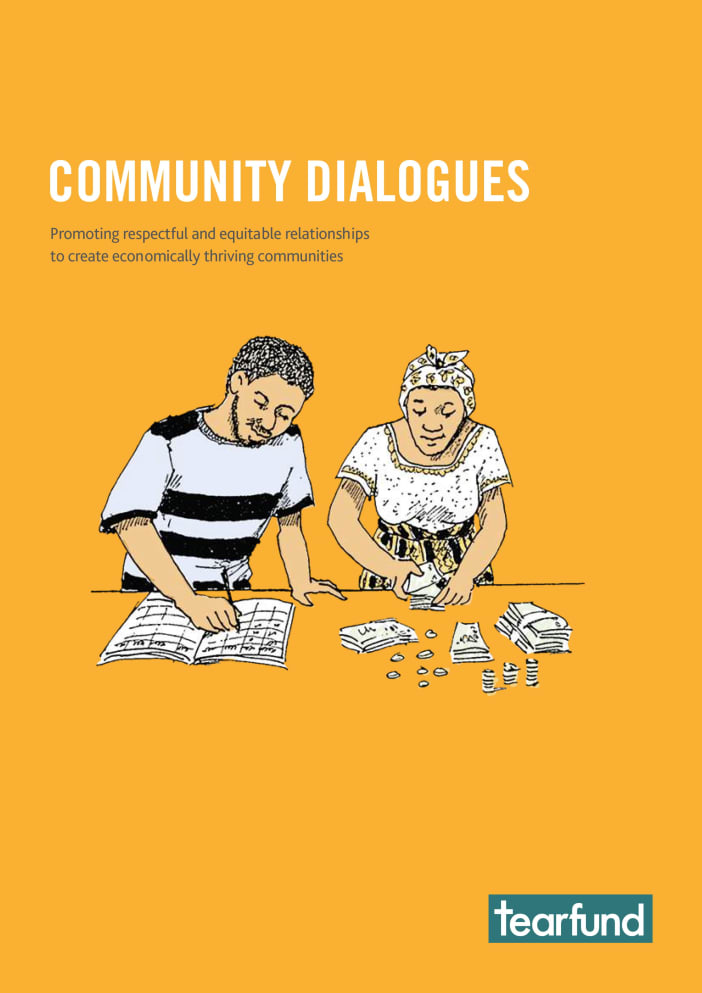Across the world, women face many obstacles to getting involved in entrepreneurship and business. Women generally earn less than men, have less control of assets and have less decision-making power about money. Why is this? What barriers exist to women’s economic empowerment, and how can these be overcome?
There are many inter-related and often complex factors that help or hinder women’s economic empowerment. Access to education and training for both women and girls is a key area. Despite progress in recent years, girls are still less likely than boys to enrol in and complete secondary school in many countries. Lack of access to financial assets, such as loans and savings, and physical assets, such as land and property, are also major barriers.
Beneath many of these barriers are harmful social and gender norms, which are rules of behaviour that are considered acceptable in a group or society. These determine what roles are seen as appropriate for women and men, girls and boys. Often, men are seen as the wage-earners, while women are responsible for household tasks, such as collecting water and fuel, cooking and cleaning. This means that women and girls have less time available to earn a living and to participate in projects and decision-making processes.
There are also many structural factors – government policies, regulations and laws – that can support or prevent women’s economic empowerment.


